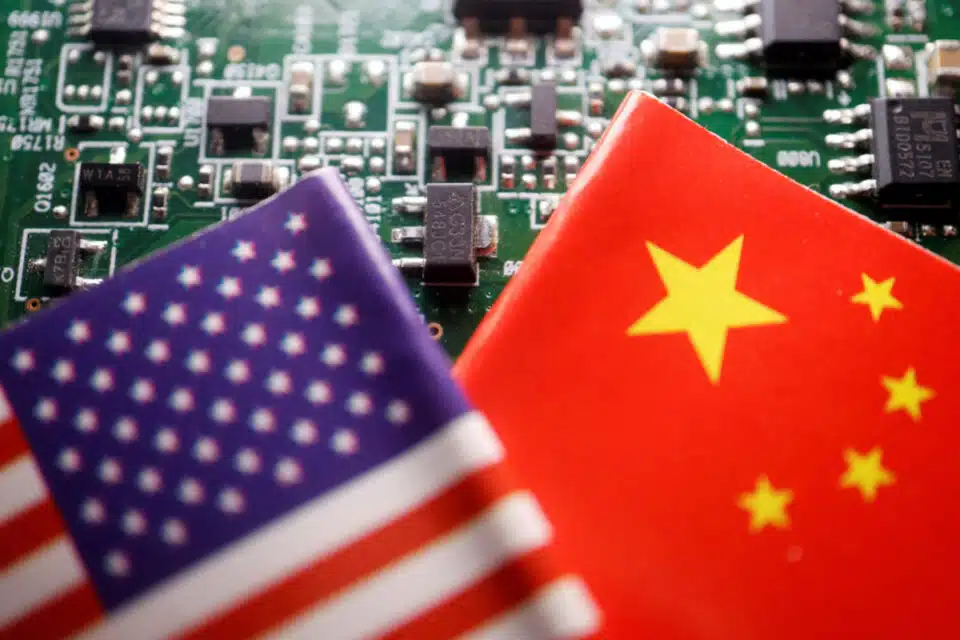HONG KONG Oct 9 — China aims to boost the country’s aggregate computing power by more than 50 per cent by 2025, according to a plan released by authorities on Monday, as Beijing tightens its focus on supercomputing and artificial intelligence innovations.
The plan comes amid rising competition between China and the US in many high-tech areas ranging from semiconductors and supercomputers to AI, including US export controls on chipmaking equipment.
The plan, released by six departments in Beijing including the Industry and Information Technology Ministry (MIIT), has set a target for China’s total computing power to reach 300 EFLOPS by 2025. EFLOPS, equal to one quintillion floating-point operations per second, measures a computer’s speed.
The MIIT revealed in August that China’s computing power has reached 197 EFLOPS this year, up from 180 EFLOPS in 2022. The ministry said it ranks China as second behind the United States, but did not elaborate on the scale of the US computing power it referenced.
As AI training requires a large amount of computation, the effort to expand the supply of computing power is increasingly becoming a focus for Beijing.
According to a blog post by Google last month, the world’s top-tier generative AI models “will require tens of EFLOPs of AI supercomputing to maintain training times of several weeks or less”.
According to the plan, China aims to build out more data centres across the country to facilitate businesses’ access to computing power.
In order to meet the demands of the rapidly developing AI industry, Beijing also plans to improve computational infrastructure in western China.
Expansive but less populated provinces in China such as southwestern Guizhou have long been tasked to establish massive data centres to power the country’s internet. For example, Apple has set up data centres in Guizhou with a local partner to serve its users in the country.
Another focus is to improve the speed and efficiency of the computation network. The plan said that transmission speeds between critical computing facilities must not allow a latency of more than 5 milliseconds.
— Reuters





